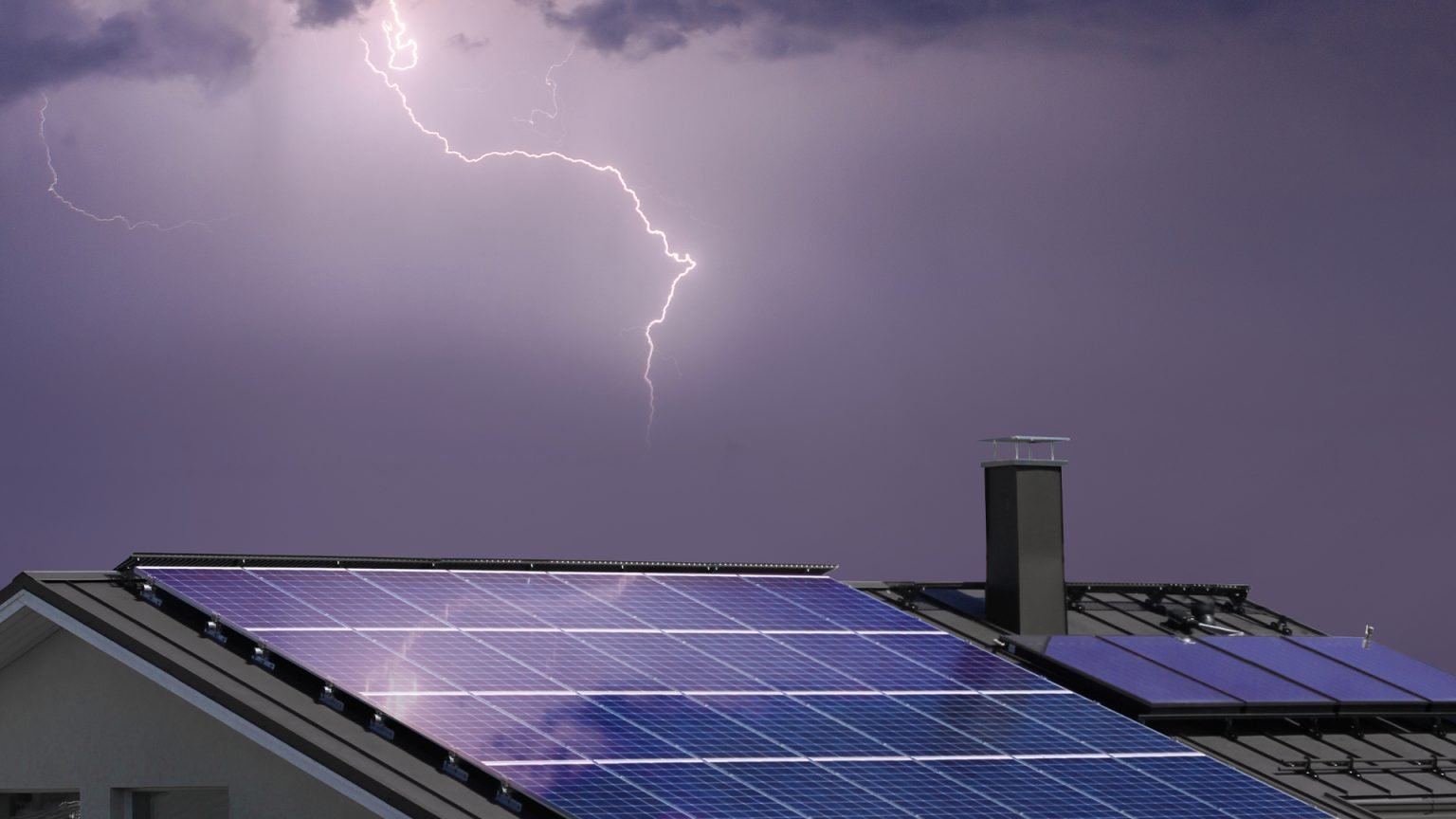South Africa’s rooftop solar boom promised homeowners relief from rolling power cuts and soaring electricity bills. But for many, the dream of clean, reliable energy has turned into an expensive headache.
Technical mistakes from mismatched components to improper wiring are leaving homeowners facing repair bills that can run into tens of thousands of rand. Understanding these errors is crucial for anyone considering a solar installation or already living with one.
Why Solar Systems Fail
A solar system is far more than a collection of panels on a roof. Its efficiency, safety, and longevity depend on careful planning and correct installation. Common mistakes include:
- Inverter-Panel Mismatch
- The inverter converts DC power from panels into usable AC electricity for homes.
- When the panel capacity exceeds the inverter’s maximum input, the inverter is overloaded, which can trigger frequent shutdowns or even permanent damage.
- Conversely, an undersized panel array with a large inverter wastes potential energy, reducing return on investment.
- Improper Wiring
- Incorrect wire sizing or routing can cause voltage drops, energy losses, and overheating.
- Poorly connected cables may lead to intermittent system failures, risk of fire, or damage to inverters and batteries.
- Earthing errors increase the risk of electrocution and can void insurance or warranties.
- Wrong Battery Sizing
- Batteries store excess energy for use during outages or at night.
- Undersized batteries can be over-cycled, reducing lifespan dramatically.
- Oversized batteries increase upfront costs unnecessarily and may not fully charge if the panel array is too small.
- Component Quality and Compatibility
- Using mismatched brands or uncertified components can compromise performance.
- Non-approved inverters, controllers, or batteries may not communicate correctly, triggering errors, inefficiency, and premature failure.
Also read: Can Solar Power Fix South Africa’s Electricity Problems?
Step-by-Step Explanation of Common Design Errors
Step 1: Ignoring Load Analysis
Many installers skip assessing a household’s energy consumption. Without this, system size of both panel array and battery bank is guessed rather than calculated, often leading to underperformance or overstressed components.
Step 2: Oversizing Panels Without Matching Inverters
Some homeowners are sold large panel arrays thinking “more is better.” But if the inverter isn’t designed for the extra output, it can overheat, trip, or fail, forcing costly replacements.
Step 3: Skipping Proper Wiring and Earthing
Installers sometimes use thin or low-quality cables to cut costs. This increases voltage drop, energy loss, and fire risk. Improper grounding can lead to electrocution hazards and voids warranties.
Step 4: Misjudging Battery Requirements
A battery too small is overworked; one too large sits idle, wasting money. Correct sizing requires balancing daily consumption, backup needs, and expected solar generation.
Step 5: Neglecting Compliance and Certification
Even technically correct systems can fail the grid operator’s inspection if documentation, certificates, or safety compliance are missing. Retrofitting compliance often costs thousands.
The Impact
Technical mistakes have real consequences:
- Financial Losses: Replacing failed inverters, batteries, or rewiring improperly installed systems can cost anywhere from R20,000 to R50,000. Combined with inspection and registration fees, the initial “cheap” installation becomes one of the most expensive purchases a homeowner can make.
- Safety Risks: Incorrect wiring, earthing, or overloads can cause fires or electrocution. There have been multiple reports of minor fires in homes due to substandard installations.
- Warranty Voids: Manufacturers often require proper sizing, installation by certified professionals, and adherence to electrical standards. Mistakes in any of these areas can void warranties, leaving homeowners with no recourse for equipment failure.
Also read: Offsite solar reshapes how African corporations access clean energy
How Proper Engineering Prevents Costly Mistakes
Avoiding these pitfalls starts with professional design and installation:
- Accurate Load Assessment
- An experienced installer calculates household energy needs and designs a system that meets real-world usage.
- An experienced installer calculates household energy needs and designs a system that meets real-world usage.
- Correct Component Matching
- Panels, inverters, controllers, and batteries are carefully selected to work together efficiently. Proper sizing ensures the inverter handles peak panel output, and batteries store enough power for daily needs.
- Panels, inverters, controllers, and batteries are carefully selected to work together efficiently. Proper sizing ensures the inverter handles peak panel output, and batteries store enough power for daily needs.
- Professional Wiring and Safety Measures
- Certified electricians use the correct wire sizes, grounding techniques, and protective devices to ensure safety, efficiency, and compliance.
- Certified electricians use the correct wire sizes, grounding techniques, and protective devices to ensure safety, efficiency, and compliance.
- Compliance and Documentation
- Properly installed systems come with certificates of compliance, technical drawings, and approved equipment lists, simplifying registration with Eskom or municipalities and protecting warranties.
- Properly installed systems come with certificates of compliance, technical drawings, and approved equipment lists, simplifying registration with Eskom or municipalities and protecting warranties.
- Monitoring and Maintenance
- Smart monitoring systems can detect early signs of stress or inefficiency, allowing preventive repairs before costly failures occur.
- Smart monitoring systems can detect early signs of stress or inefficiency, allowing preventive repairs before costly failures occur.



